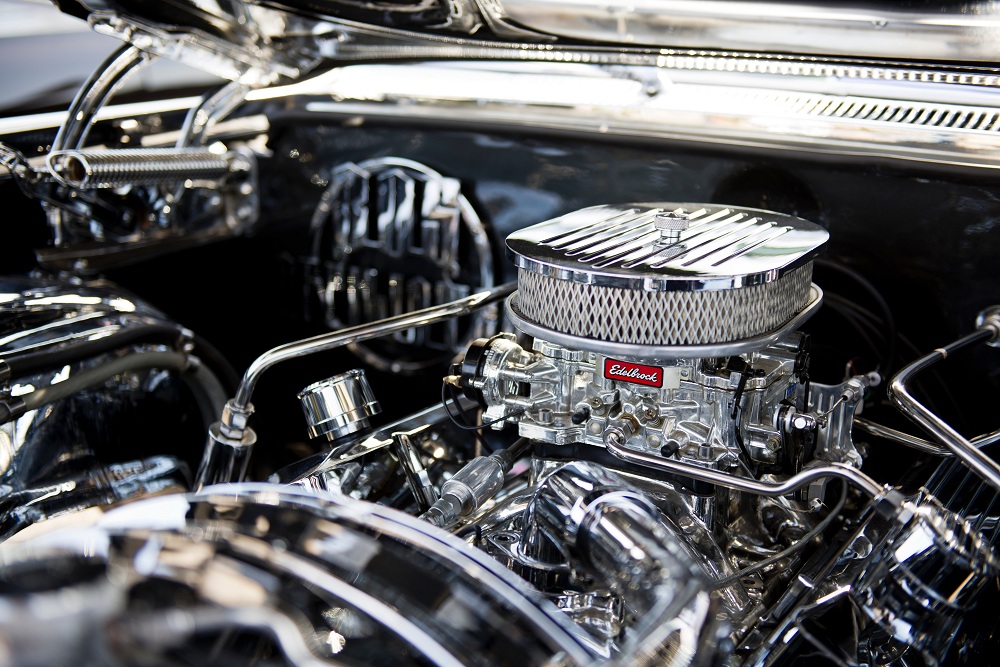Buying a car in today’s world is often seen as a significant milestone. It gives people the freedom to travel. It offers a step up in terms of convenience. And it’s a statement of financial capability. But cars are also a depreciating asset. Every year that passes can create a sense of urgency to replace the old model with something new. Unnecessary spending can be avoided by maximizing the value of your car. Here’s how you can go about it.
Set a spending cap
For most Americans, buying a car will be the most expensive thing they pay for next to owning a home. With the average auto loan in 2019 having a term of 65 to 69 months, that cost gets spread out over a fairly long duration. If you’re not paying close attention to the numbers, it’s easy to get carried away and pay for more than you need.
Vehicles are constantly being upgraded. New designs are rolled out with improved features. Even as the latest models hit the market, automotive manufacturers are already developing and testing new prototypes that will raise the bar even higher.
Some of these new features are essential. Anti-locking brake systems, airbags, electronic stability control, and rear-view cameras all offer vital upgrades to driver and passenger safety. But many other features are about convenience or luxury. A modern car can offer WiFi, wireless charging, multi-zone climate control, and a head-up display. They’re nice to have, but do you need them?
Finance guru Sam Dogen of the blog Financial Samurai recommends a simple rule of thumb: spend no more than 10% of your gross annual income. This will help to offset the gradual depreciation of a car’s value and the associated hidden costs you’ll encounter along the way. Stick to the spending cap, and you’ll be forced to maximize the value of your car by prioritizing features you need.
Put reliability first
Not all cars are equal in terms of reliability. Some manufacturers implement more stringent quality control measures. Over the years, these standards can change. The discovery of defects across the various components of a vehicle can lead to product recalls. Lower standards when it comes to certain areas, such as the brakes or transmission, can lead to subpar performance in the long run.
As the end-user, you’ll have to shoulder a high cost when buying a less reliable car. Reduced fuel efficiency will have you paying more for gas. Undue mechanical stress will necessitate more frequent repairs. The warranty can cover a lot of expenses, and manufacturers will undoubtedly include product recalls. But these issues are inconvenient for you. Addressing them requires more time and effort on your part.
Having to deal with the cost of an unreliable car detracts from its overall value. Since we live in the information age, you can use the internet to your advantage. Consumer Reports, for instance, aggregates user data on 420,000 vehicles. By taking this simple step of researching the models you’re considering for a test drive, you can already factor reliability into your decision.
 Go the distance
Go the distance
Inevitably, the question of a car’s worth will come down to its longevity. If you only drive your car for about the same number of years as the loan itself, you’re effectively leasing it for the cost of your monthly payments. How long can you keep your car in good working condition and continue to gain value out of your purchase?
Cars aren’t like hydraulic machinery. Repair for hydraulics is often sudden, with no prior indications of a breakdown. Your vehicle, on the other hand, will have plenty of warning signs when something’s wrong. In addition to indicators like the check engine light, it can emit sounds or smells, or it might just not feel right. Brakes squeak as the pads wear out; excessive vibrations can be a sign of worn-out components or tires.
It’s critical to pay attention to these signs of trouble and take necessary action. But more importantly, you need to follow the routine maintenance schedule. See to it that the basics, such as changing oil and filters, checking tire pressure, and using the right fluids, are covered. Check the significant components and replace them or call in a mechanic to have the car serviced, as needed.
Maintenance costs are an additional recurring expense of owning a car. You’ll have to account for them in your budget, along with paying off the auto loan. But that’s why you choose a reliable model and stick to the 10% spending cap. No matter what, owning a car will be a significant expense. With these practices, you’ll ensure that it’s worthwhile.


